Introduction
What Are Flame Retardants?
A Brief History: Why Flame Retardants Were Added to Baby Products
Exemptions and Updates: Slowly Shifting the Rules
Why It Still Matters Today
Did Pajama Rules Actually Help — and Is the Focus on Pajamas Still Sensible?
How They Are Used in Baby / Children’s Products
Laws & Standards You Should Know
Health Risks & Evidence from Studies
Benefits vs. Drawbacks
Do Flame Retardants Really Work? (And For How Long?)
How to Identify Products Without Flame Retardants
How to Minimize or Reduce Exposure
Practical Tips if You Can’t Buy the Most Expensive or Certified Gear
Conclusion
Sources / References
Introduction
I’m writing this blog after a recent rash outbreak from my 1-year old. After a couple of days, I texted my pediatrician asking what it could be. We came to the verdict of 1. a new car seat and 2. new “cheap” clothes that I didn’t wash ahead of putting on him. He said, “Yeah they sometimes spray weird flame retardant sh$t on clothing that irritates skin.”
Fast forward to doing some research, and I am genuinely shocked and appalled even, that this is something we started doing, and are still doing.
We as a parent, already have to think about safe food, safe toys, safe sleep surfaces. And now, flame retardant chemicals have entered the chat. They’re showing up in a lot more places than most parents realize. From pajamas and car seats to foam in mattresses and upholstered furniture, these chemicals are used to meet fire safety standards. But at what cost?
In recent years, studies (including by the Green Science Policy Institute and others) have found that ~80% of baby products containing polyurethane foam (pillow-pads, car seats, etc.) contain flame retardants that are either known to be toxic or not well studied.
This article (from HardLaunchMom) will walk you through what flame retardants are, what the research shows, how the law works, and how you can protect your little one without having to toss everything and rebuy only ultra-premium gear (unless you want to).
What Are Flame Retardants?
Flame retardants are chemicals added to fabrics, foams, plastics, and other materials to delay or prevent ignition, slow down the spread of fire. But guess what, these
- Types include halogenated flame retardants (e.g. brominated or chlorinated), phosphate-based ones (e.g. TDCPP, TCEP), etc.
- While they were originally introduced to meet flammability standards (especially in items with foam, upholstery, etc.), newer understanding shows they migrate into household dust, get absorbed/inhaled by infants and children, and can have long-term health impacts. Washington State Department of Ecology.
A Brief History: Why Flame Retardants Were Added to Baby Products
Flame retardants didn’t just appear out of nowhere — they became common in baby products because of laws first passed in the 1970s.
- 1975: California TB117
California passed Technical Bulletin 117 (TB117), a strict flammability standard that required polyurethane foam in furniture and baby products to withstand an open flame for 12 seconds without catching fire. Since California is such a large market, most manufacturers decided to comply nationwide rather than make two versions of their products. - What this meant:
To meet this rule, manufacturers began adding chemical flame retardants directly into the foam of baby products (car seats, nursing pillows, strollers, high chairs, etc.). Over time, this became the default practice across the U.S. — even though the law was only California’s. - The problem:
Research later showed that these chemicals weren’t “locked in” to the foam. They escaped into household dust, where babies and toddlers could easily inhale or ingest them. Scientists also began linking many of these chemicals to hormone disruption, developmental delays, and other health risks. More on that later.
Exemptions and Updates: Slow Shifting The Rules
- 2013: TB117-2013 Revision
After decades of pressure from scientists, health groups, and parents, California updated TB117 to TB117-2013. The new standard no longer required foam to resist an open flame directly. Instead, products only needed to pass a smolder test (like a cigarette).- This change meant manufacturers could now design safer products without added flame retardants while still meeting the law.
- Other Exemptions
- Children’s sleepwear (since the 1970s): U.S. law required sleepwear for kids 9 months to 14 years to either be chemically treated to resist flames or designed to be snug-fitting (so it’s less likely to catch fire). That’s why you’ll often see pajama tags that say “Wear snug-fitting, not flame resistant.”
- Mattresses: Federal mattress flammability standards (16 CFR Part 1633, 2007) required flame resistance but allowed manufacturers to use barrier materials (like wool or rayon fibers) instead of chemical treatments.
- Car seats (are a special case): Federal Law (FMVSS 302): All car seats sold in the U.S. must meet a federal flammability standard called Federal Motor Vehicle Safety Standard 302 (FMVSS 302). This rule requires materials in the car interior — including car seats — to resist a small open flame for a short period of time.
- The effect:
To meet FMVSS 302, car seat manufacturers have almost universally relied on chemical flame retardants in the foam and fabric. Unlike furniture or pajamas, car seats are regulated as vehicle equipment, not just as baby products. - Why this matters:
Even after California’s TB117 update in 2013 made flame retardants optional in furniture and baby gear, car seats were still required to use them. That’s why you’ll find many car seats (even expensive ones) containing these chemicals. - Recent changes:
Thanks to advocacy and research, some brands have started introducing flame-retardant-free car seats by using barrier technologies (like wool blends) instead of chemicals. But they are usually limited to premium product lines and come at a higher price.
- The effect:
Why It Still Matters Today
Even with these updates, flame retardants are still found in many children’s products. Especially older items, imported gear, or cheaper products made with foam. Laws have improved, but they haven’t banned all uses of flame retardants, and many exemptions still leave room for exposure.
Did Pajama Rules Actually Help? And is the focus on pajamas still sensible?
I’m about to get really granular here, so the TLDR is:
Sleepwear standards did reduce clothing-ignition injuries, but the bigger picture of childhood burns today shows scalds and contact burns (hot liquids, surfaces) are the leading causes. That makes it reasonable to ask whether our emphasis on chemical treatments of pajamas is still proportionate… especially given those chemicals usually buy just seconds of extra protection.
What the studies and reports say:
- Before the mid-1970s, sleepwear was a major factor in clothing-ignition injuries.
A pediatric burn-unit review of cases from 1969–1973 found that sleepwear was involved in about 32% of single-source flame injuries referred to that unit, which is in fact, a big chunk. After federal flammability standards were introduced, the authors report a dramatic decline in these sleepwear-related referrals. PubMed - Regulation appears to have prevented thousands of serious injuries.
The CPSC and NFPA have stated that federal standards for children’s sleepwear implemented in the 1970s prevented thousands of serious burn injuries and deaths. A later GAO/CPSC review (1999) noted that available data are limited but still acknowledged that the standards contributed to the decline in sleepwear-ignition injuries. U.S. Consumer Product Safety Commission - Most current pediatric burn hospitalizations are from scalds and contact burns, not clothing ignition. Recent pediatric and burn-center data show that for children (especially under age 5), scalds (hot liquids/steam) account for the majority of burn hospitalizations (figures like ~60–65% of pediatric burn admissions in some series), with flame burns representing a much smaller share. In short: hot liquids are the leading cause of serious child burns today. Hopkins Medicine
- Many historical sleepwear ignitions involved matches, stoves, or children playing with ignition sources. Case series and federal reports document kids reaching lighters/matches or getting near ranges and igniting clothing, which was a big concern in the era before stricter standards. Those same reports provide the case-level detail behind the pre-1975 sleepwear problem. GovInfo
- A nuanced later view: some researchers have found that exemptions (e.g., allowing snug-fitting sleepwear) did not clearly increase burn risk in available data, suggesting the regulatory adjustments of the 1990s may have been safe — but data quality and completeness remain an issue. That’s why agencies still emphasize both clothing safety and broader burn-prevention measures. Wiley Online Library
What this means for parents:
- Yes, the pajamas standard mattered. It reduced a clear and dangerous problem in the 1960s–70s: nightgowns and loose sleepwear that ignited easily. The historical evidence (burn-unit data and agency statements) supports that. PubMed
- But pajamas are not the main source of pediatric burns today. Modern data show scalds from hot water/food/containers cause the largest share of child burn hospitalizations — many of those happen during the day when kids aren’t in pajamas. That means kitchen and hot-liquid safety campaigns are arguably more impactful for reducing overall childhood burn injuries. American Burn Association
- And remember the tradeoff: chemical flame retardants in sleepwear or baby gear generally add only seconds of delay in lab tests. So, given that (a) the original sleepwear problem was solved largely by design and standards, and (b) most current burns are scalds/contact burns, it’s reasonable for parents to prefer barrier-based designs, snug-fitting sleepwear, and other non-chemical routes to meet safety without daily chemical exposure. PubMed
How Flame Retardants Are Used in Baby / Children’s Products
These are the biggest culprits: Foam items including, but not limited to: nursing pillows, baby carriers, car seats, changing table pads, high chairs, strollers, bassinets, portable cribs, walkers, changing pads, baby carriers, sleeping wedges, baby tub insert, bath slings, glider rockers, and other child care items. Toxic Free Future
Sleepwear / pajamas: usually loose-fitting sleepwear; in the U.S., there are specific standards that either require flame resistance (chemical treatment) or snug-fitting sleepwear for certain ages. U.S. Consumer Product Safety Commission
Upholstered furniture and children’s furniture (chairs, sofas) and some toddlers’ chairs/tents etc. Washington State Department of Ecology
Laws & Standards You Should Know
- CFR 1610 – general flammability standard for clothing textiles (non-sleepwear). LegalClarity
- Children’s Sleepwear Standards – U.S. law requires sleepwear to be either inherently flame resistant or treated, or — if tight fitting — treated differently (i.e. snug, so less chance to catch fire). LegalClarity
- TB117-2013 (California) – updated flammability standard for furniture / upholstered items. After it was changed, many manufacturers could meet the standard without using added chemical flame retardants. Washington State Department of Ecology
- State-level laws: e.g. Washington’s Children’s Safe Products Act, laws / state bans related to certain flame retardants (TCEP, TDCPP, etc.). Washington State Department of Ecology — I’m using Washington because it’s the State I reside.
Health Risks & Evidence from Studies
- Many flame retardants have been linked to endocrine disruption, thyroid dysfunction, neurodevelopmental delays, lowered IQ, and possibly cancer. Consumer Reports
- Babies and toddlers are particularly vulnerable — because they crawl, put hands in mouths, spend time in close contact with foam or fabrics that may off-gas or shed chemicals. Green Science Policy Institute
- As previously mentioned, studies show about 80% of baby products with polyurethane foam contain flame retardants, sometimes chemicals that are poorly studied or known to be risky (e.g. chlorinated Tris (TDCPP), TCEP). Toxic Free Future.
Benefits vs Drawbacks
Benefits:
- They can reduce ignition risk or slow flame spread, especially in case of open flame / fire hazard conditions.
- They help meet required safety standards which manufacturers and regulators enforce to reduce fire risk to homes / furnaces accidents.
Drawbacks:
- Health risks as above.
- The exposure path is often continuous (dust, contact, inhalation).
- Some flame retardants may break down; some are persistent.
- Effectiveness: for many products, the real fire risk is low (for example inside home, away from open flame), so the trade-off may not always justify risk.
Do Flame Retardants Really Work? (And For How Long?)
Here’s the part that shocked me most in my research: flame retardants don’t actually stop a fire from starting. At best, they buy you seconds to minutes, and how much depends on the material and the type of treatment.
Foam in Baby Gear:
- Chemical Flame Retardants: Flexible polyurethane foam (used in many baby products) treated with chemical flame retardants can delay ignition by a few seconds. For instance, a study found that treated foam ignited approximately 3 seconds later than untreated foam ScienceDirect.
- Barrier Methods: In contrast, using physical barriers, such as inherently flame-retardant fabrics, can significantly enhance fire resistance. Research indicates that combining barrier fabrics with flame-retardant foams can delay fire growth, providing more time for evacuation PMC.
Children’s Pajamas:
- Flammability Standards: U.S. regulations require children’s sleepwear to either be inherently flame-resistant or treated with flame-retardant chemicals. The standard test involves applying a gas flame to the bottom edge of the fabric for 3 seconds and measuring the char length to ensure it self-extinguishes promptly U.S. Consumer Product Safety Commission.
Key Takeaway for Parents:
While flame retardants can provide a brief delay in ignition, they are not foolproof and may pose health risks. Opting for products with physical barriers or those labeled as free from added flame retardants can offer enhanced safety without compromising health.
How to Identify Baby Products Without Flame Retardants
Labels, Tags and Packaging
Look for clear labeling:
- “Contains no added flame retardants” or free of “PBDE, TBBPA, TDCPP, TPP”.
- “Tested to meet flammability standards without added flame retardants”
- Is OEKO-TEX or GOTS certified
Children’s sleepwear:
- Tight-fitting sleepwear is exempt from chemical flame retardant treatments.
- Loose-fitting sleepwear must either be flame-resistant or treated with flame retardants.
- Labels may state: “WEAR SNUG-FITTING. NOT FLAME RESISTANT” for non-treated clothing. U.S. Consumer Product Safety Commission
Fiber content:
- Natural fibers like cotton, wool, and silk are less likely to require chemical flame retardants.
- Synthetic fibers such as polyester, nylon, and acrylic may be treated to meet flammability standards.
Certifications:
- Look for OEKO-TEX or GOTS certifications, indicating no added flame retardants. (Note: Certification claims should be verified for authenticity.)
Don’t know what OEKO-TEX or GOTS means? I got you:
OEKO-TEX Certification
- What it is: An independent testing and certification system for textiles, ensuring they are free from harmful chemicals, including many flame retardants.
- What it checks: Pesticides, heavy metals, formaldehyde, and other harmful substances that could affect babies and children.
- Why it matters: If a product is OEKO-TEX certified, you can be confident that the fabrics have been tested for safety and are less likely to expose your child to toxic chemicals.
- Example: Clothing, bedding, or foam covers labeled “OEKO-TEX Standard 100” have passed rigorous chemical safety tests
GOTS (Global Organic Textile Standard)
- What it is: The leading certification for organic textiles, covering both environmental and social criteria.
- What it checks:
- Organic fiber content (cotton, wool, etc.) — must be at least 70–95% organic.
- Chemical safety: No harmful flame retardants, formaldehyde, or toxic dyes.
- Social responsibility: Fair labor practices during production.
- Why it matters: GOTS-certified products are safe, sustainable, and socially responsible. This is a great choice for babies and toddlers.
- Example: Organic cotton pajamas, bedding, or muslin wraps with the GOTS logo meet strict chemical and sustainability standards.
When I am purchasing clothing, carseats, mattresses, sheets, etc., I do my best to purchase from companies that have one or both of the OEKO-TEX or GOTS certifications. It gives me peace of mind that they are prioritizing producing non-toxic products for babies. Essentially, with these certifications, you can usually trust that the company is not using greenwashing to sell their product.
How to Minimize or Reduce Exposure To Flame Retardants
- Prefer untreated products: Choose items labeled as free from added flame retardants.
- Opt for natural fibers: Select garments made from natural materials like cotton or wool.
- Wash new items before use: Launder new fabrics to reduce surface chemical exposure. Note: Manufacturers are required to ensure that flame retardant treatments withstand up to 50 washes. U.S. Consumer Product Safety Commission. What this means is it is quite unlikely that you’re ever going to completely get rid of the flame retardant chemicals on the materials.
- Regular cleaning: Control household dust by vacuuming with a HEPA filter and wet dusting to reduce exposure.
- Budget-friendly options: Consider second-hand items, but wash and air them out thoroughly.
- Prioritize critical items: Invest in safer options for items like sleepwear, car seats, and mattress pads.
- Reuse older items cautiously: Be aware that older foam or upholstery may off-gas chemicals over time.
Practical Tips if You Can’t Buy the Most Expensive or Certified Gear
- Watch for sales / discounts on safer brands.
- Use thrifted items when possible, after washing / airing out.
- Prioritize which items matter most (e.g. sleepwear, car seats, mattress pads) to invest in, vs less critical items.
- Reuse older items cautiously — if older foam or upholstery, know that chemicals can off-gas over time.
Conclusion
Flame retardants are not going away anytime soon, but the landscape is changing: more regulations, consumer awareness, better alternatives. As a parent, you have real power by asking questions, checking labels, preferring safer materials, and advocating for transparency.
If you take away one thing: prioritize sleepwear, baby gear (foam items) and the things your child is in closest contact with like mattresses. Those are where exposure tends to be highest. And know that “flame retardant free” or “PBDE, TBBPA, TDCPP, TPP” is more than a buzzword. It really does matter and doing our best as parents to limit the exposure is one additional way we can help support their future wellbeing.
Sources (key citations)
- McLoughlin / pediatric burn-unit review — sleepwear involvement (1969–1973) and decline after standards. PubMed
- CPSC / NFPA historic statements and press about sleepwear standards preventing injuries. U.S. Consumer Product Safety Commission
- GAO report on children’s sleepwear flammability standards and data limits (1999). U.S. Government Accountability Office
- Federal case series / FFACTS report with detailed sleepwear ignition case histories. GovInfo
- Pediatric burn statistics showing scalds dominate contemporary pediatric burn admissions (Hopkins, AmeriBurn summaries, burn-center reviews). Hopkins Medicine
Disclosure: This is a review blog which may get compensated for the products reviewed by the companies who produce them. All of the products are tested thoroughly and I only endorse products I believe in. I am an independent blogger and the reviews are done based on my own opinions.
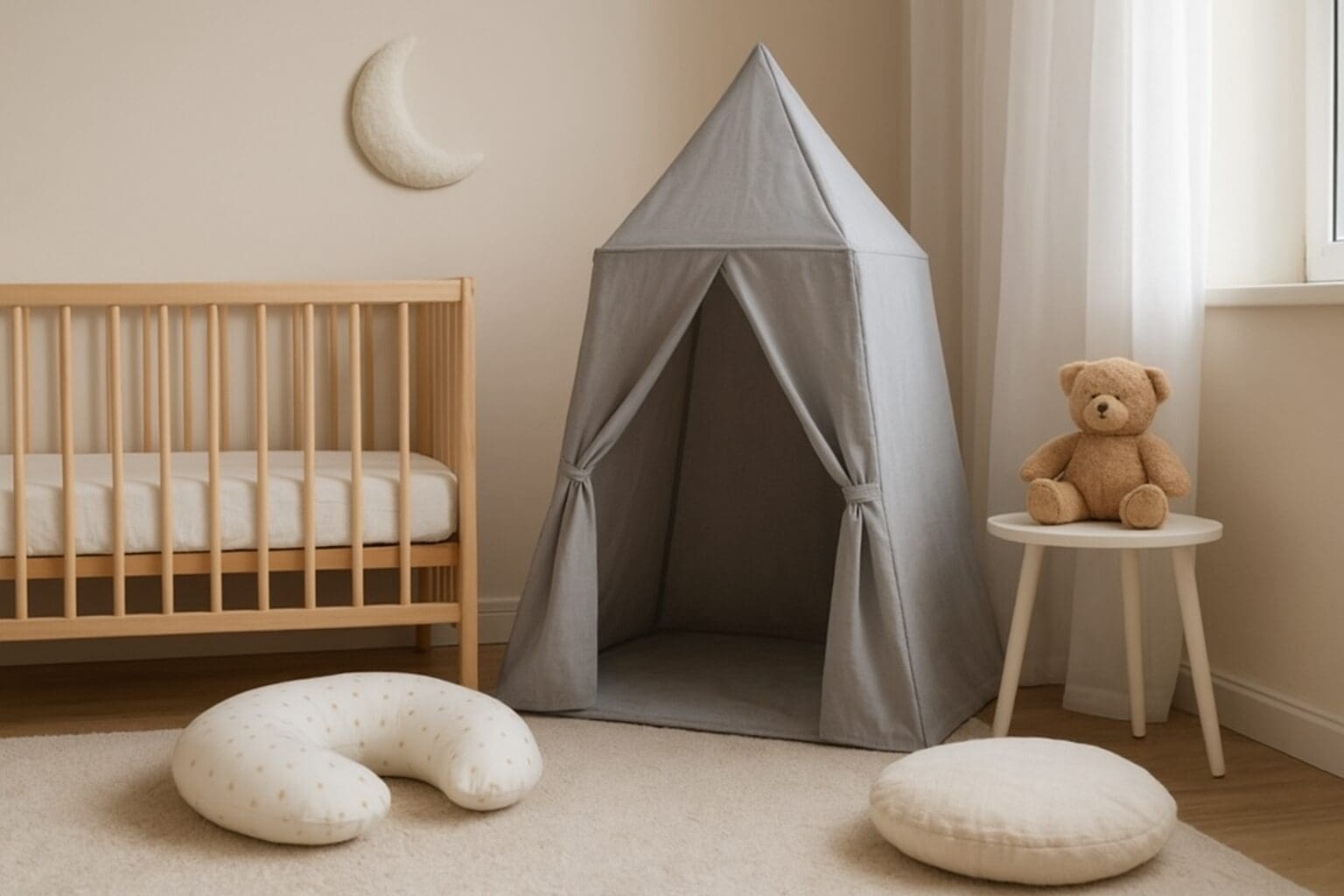
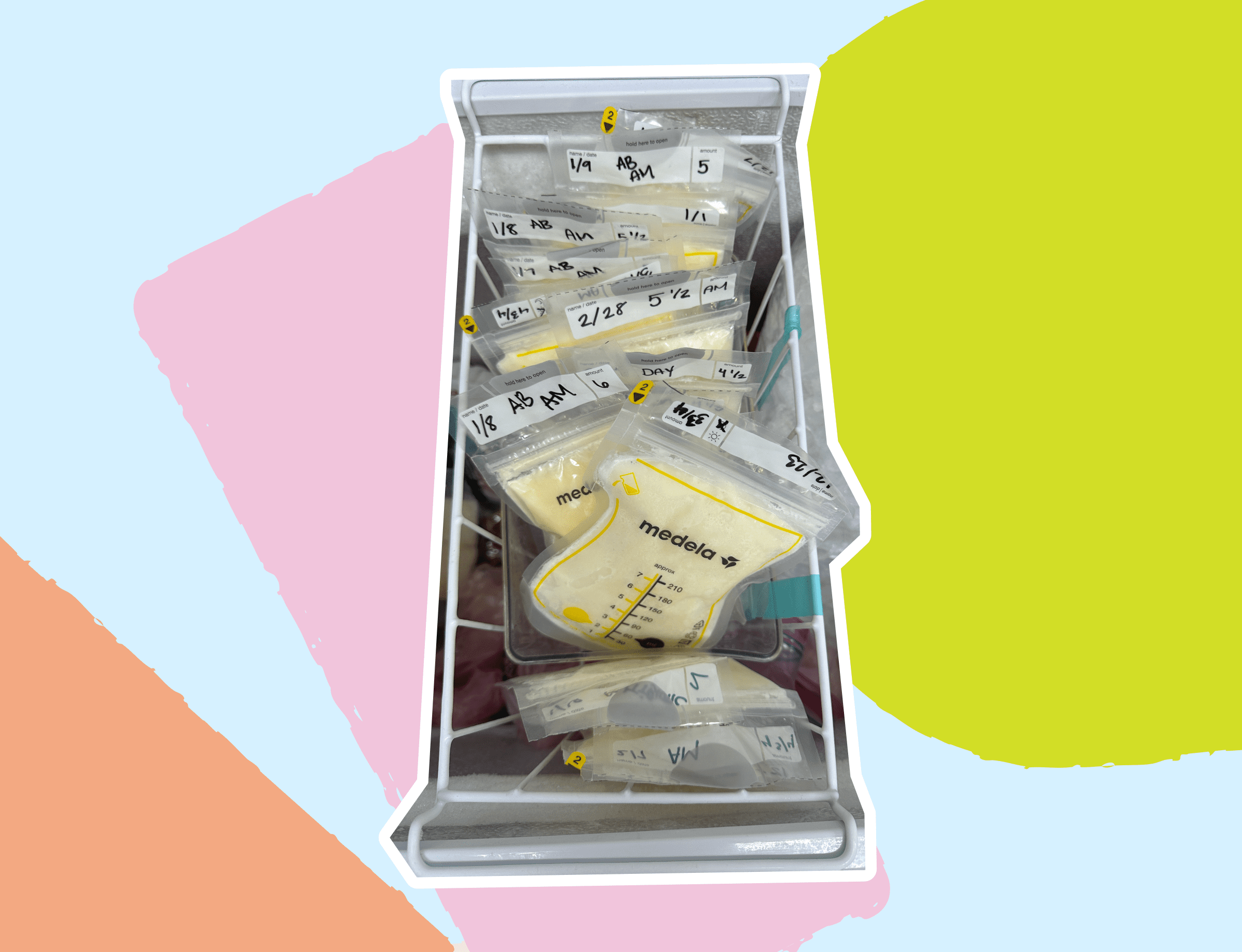
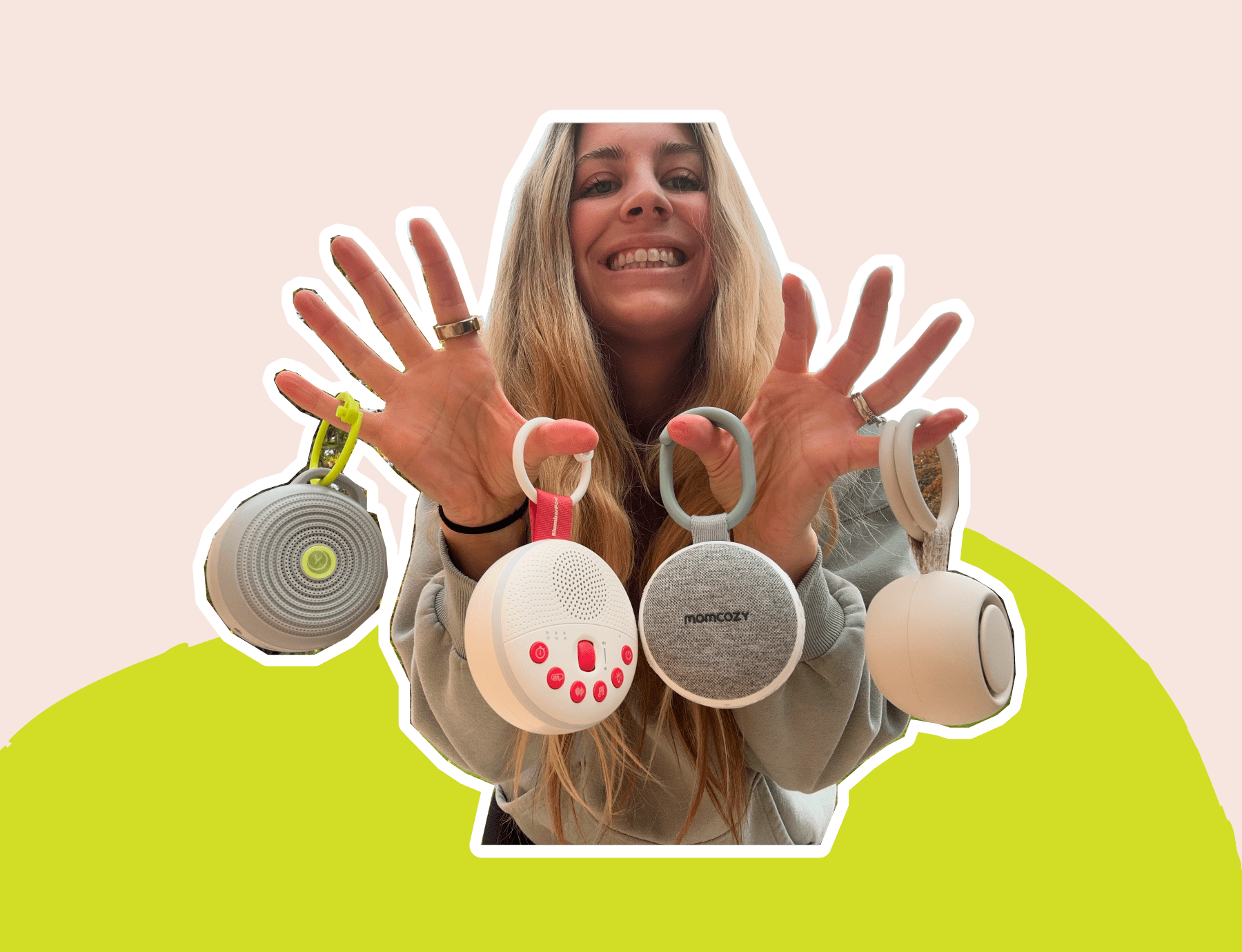

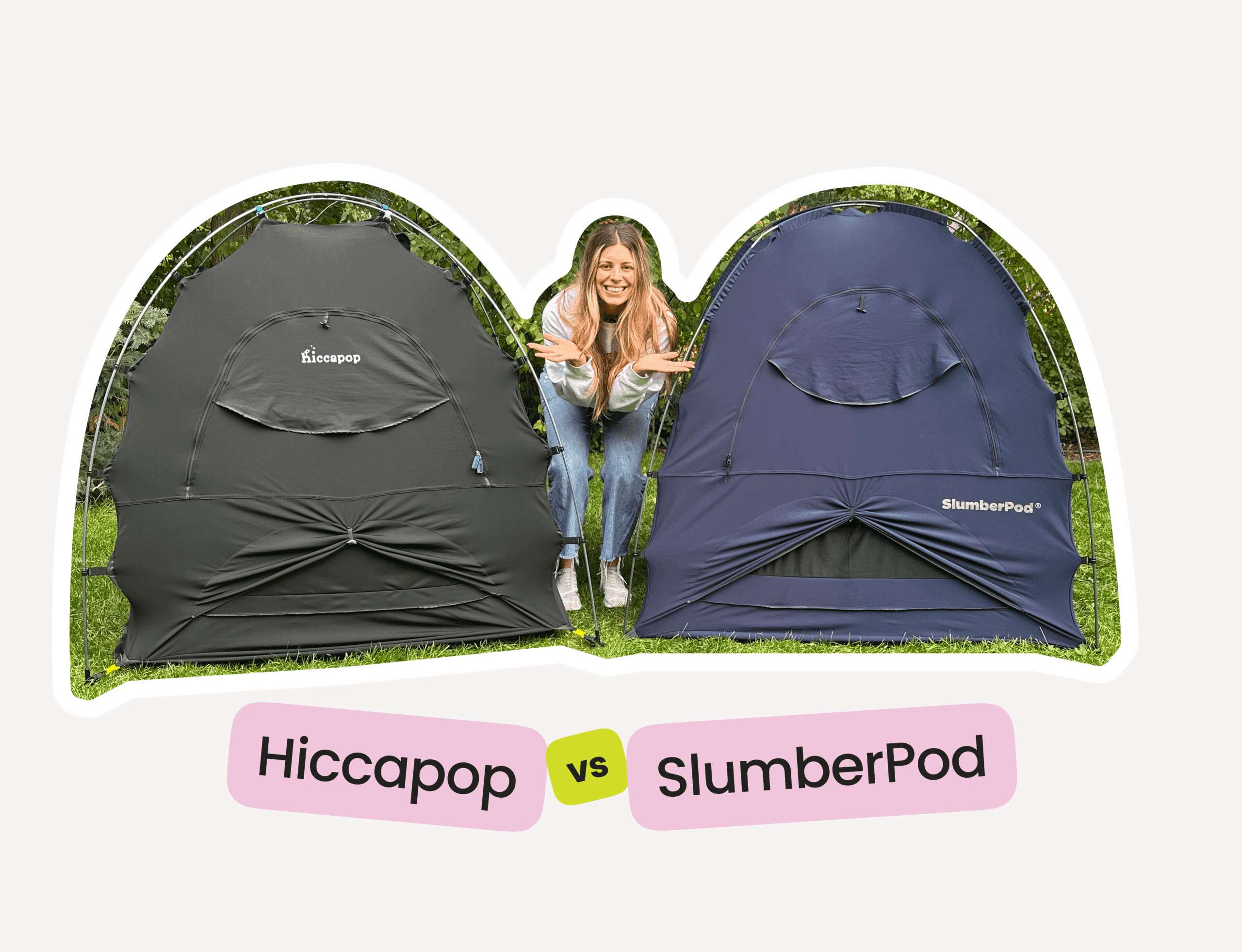

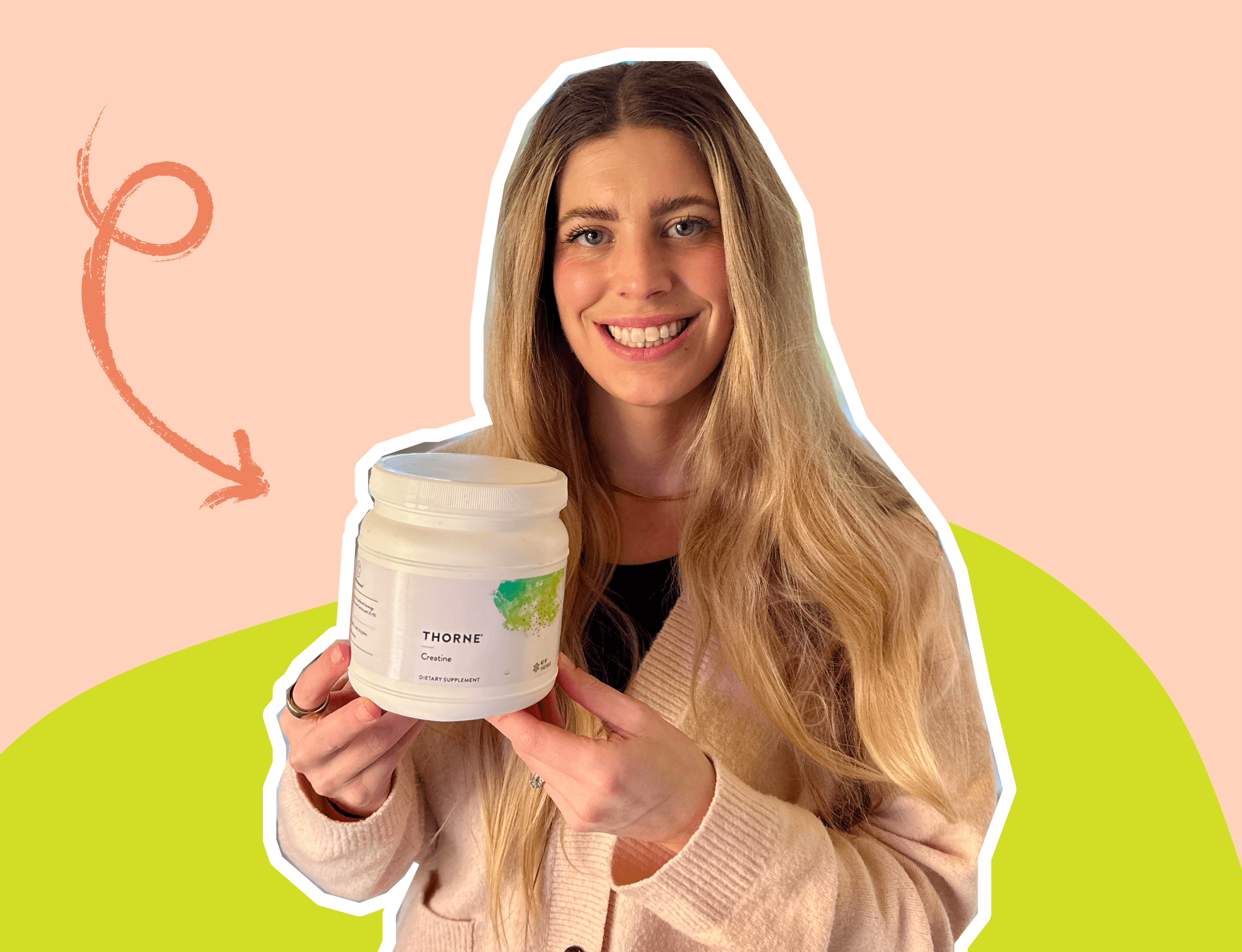
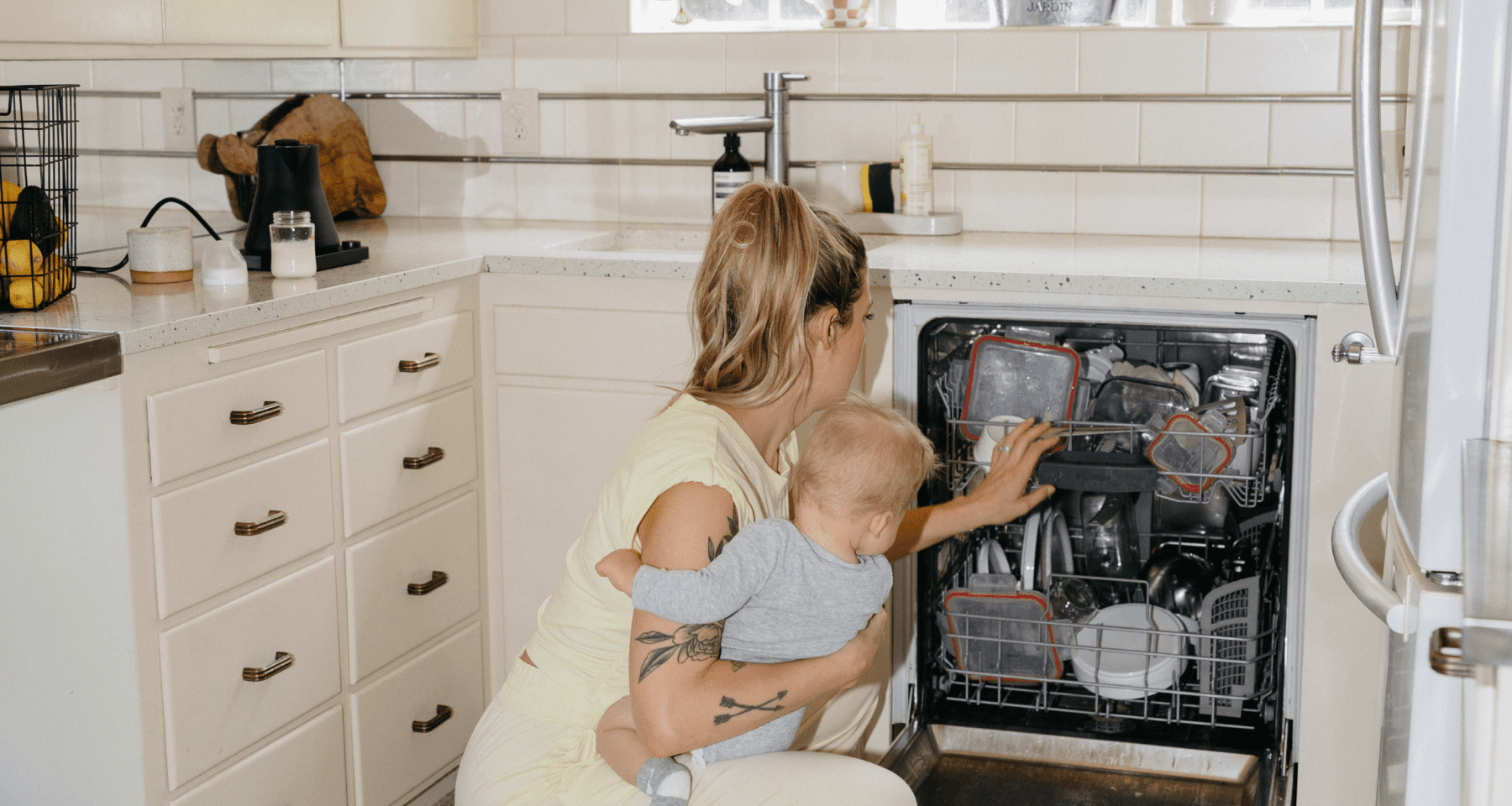
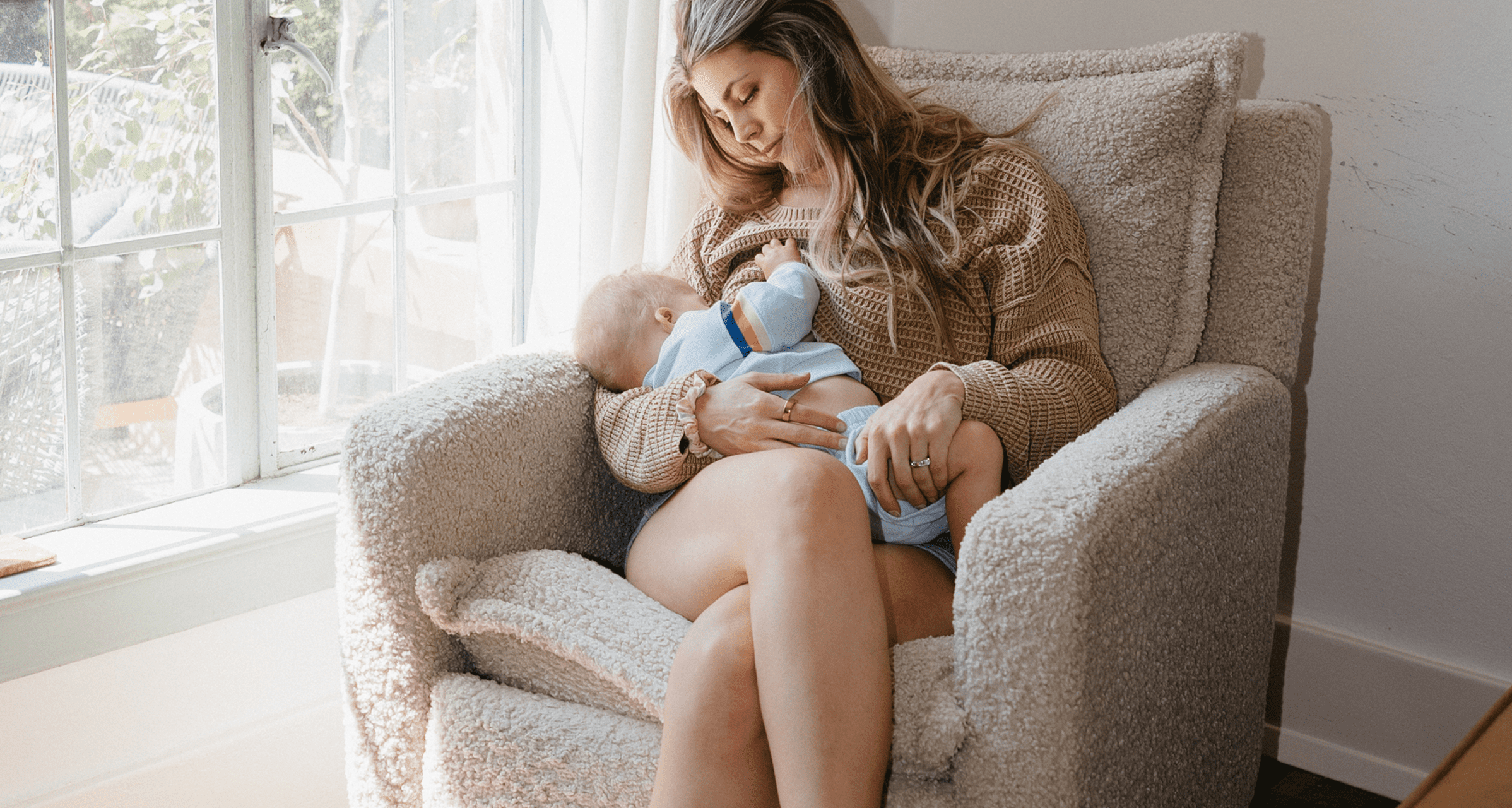
View comments
+ Leave a comment